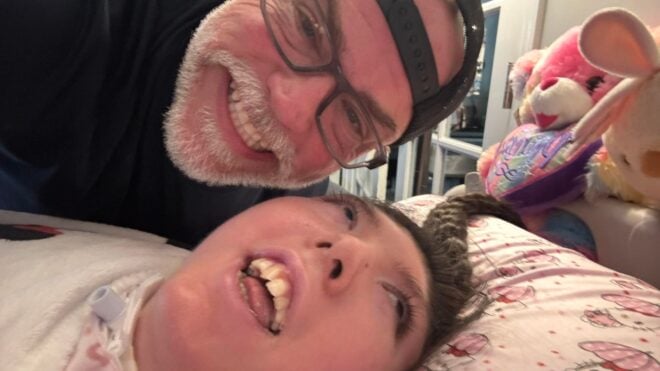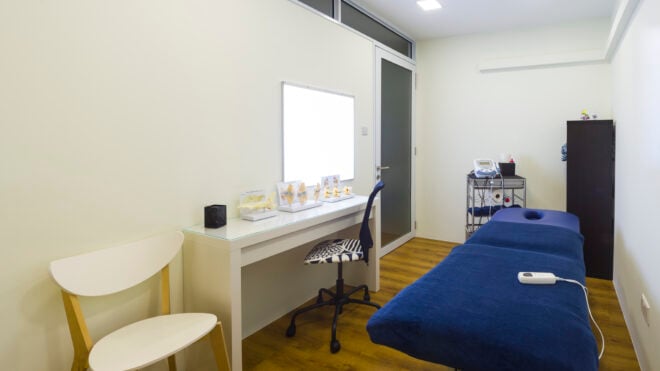Many women experience cramping and discomfort just before or during the start of their periods. It's unpleasant, but for most, it's perfectly normal.
However, for 6 percent to 10 percent of women of reproductive age, typically in their thirties and forties, there's an issue lurking inside that often gets missed by doctors, and even by the women who have it: it's called endometriosis.
Much like PCOS, another reproductive and hormonal issue affecting many women, endometriosis is hard to detect because about 25 percent of women with it report no symptoms, and 70 percent only report pain or discomfort during menstruation.
But it can lead to a variety of issues, including decreased fertility, painful sex, and heavy and uncomfortable periods.
Below, we'll talk about some of the common symptoms of endometriosis, as well as some home remedies to take the edge of any pain or discomfort.
But if you think you may have endometriosis, your best bet is to speak to your OB-GYN and get checked out, and then determine the best course of action.
Please SHARE so more women can learn about this common condition!
What Is Endometriosis?
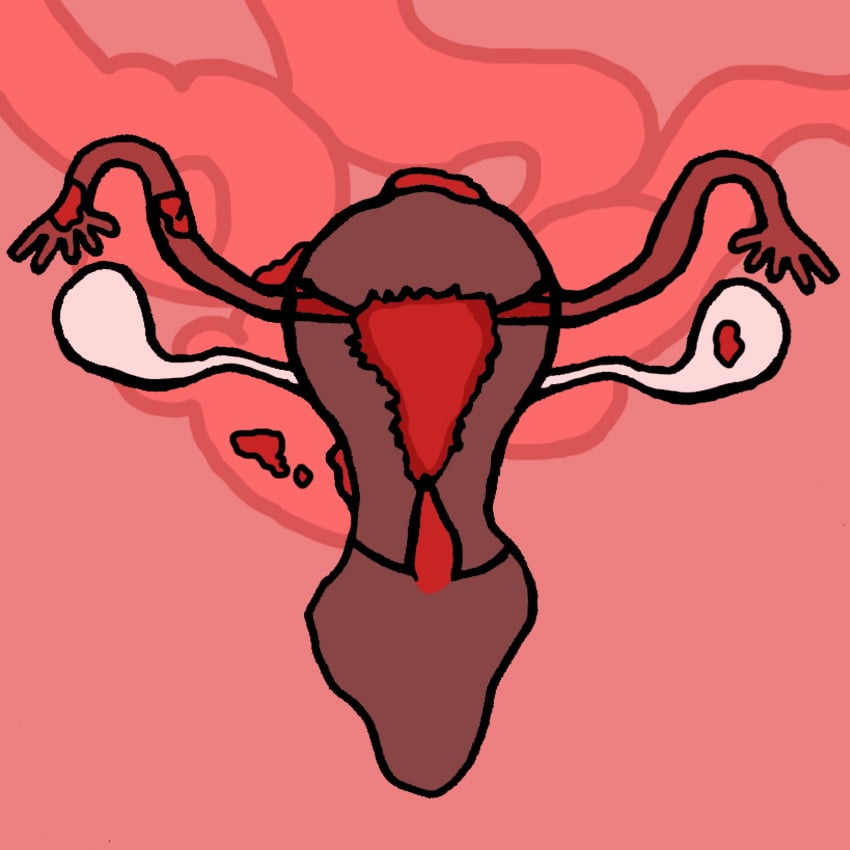
Endometriosis is a disease characterized by the growth of uterine tissue outside of the uterus.
The lining of the uterus, called the endometrium, is what expands and breaks down during menstruation.
In those with endometriosis, though, this lining grows outside the uterus in or on different organs like the bladder, cervix, bowel, or even, in extreme cases, in the lung.
This tissue behaves like normal endometrium — but because the broken-down tissue has no way of exiting the body, it can cause cysts, scarring, and adhesions that can bind organs together.
What Are The Symptoms Of Endometriosis? Symptom #1: Pelvic Pain
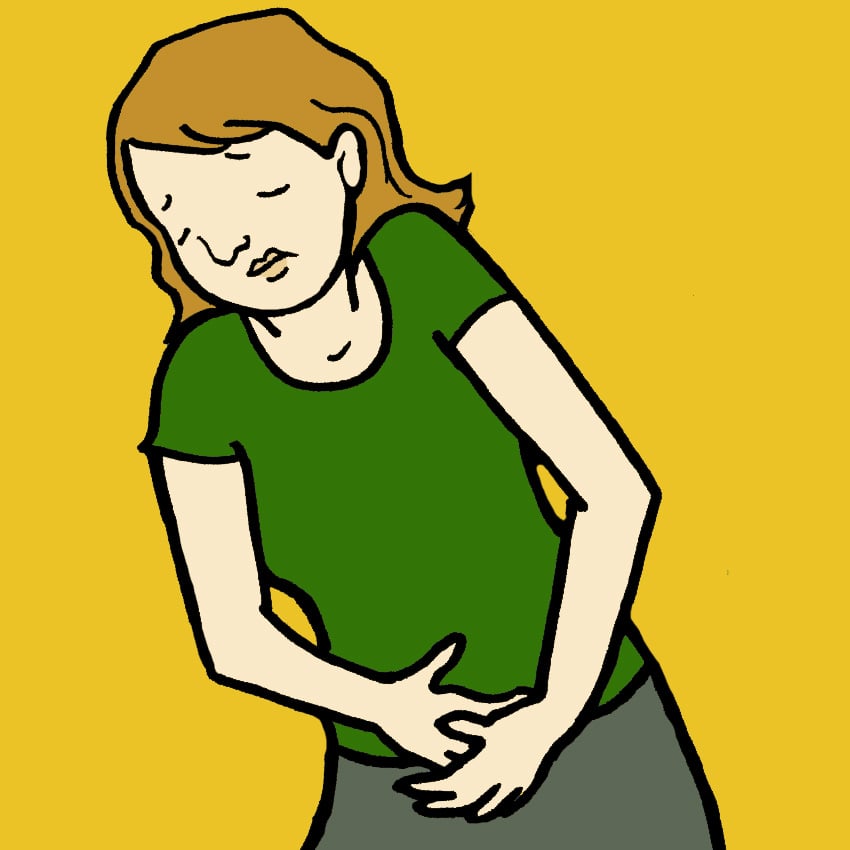
Pain in the pelvis, usually more extreme than the average menstrual cramp, is the most common symptom. Pain may also spread to the legs or lower back.
Almost half of women diagnosed with endometriosis experience chronic pain, while slightly more than half only experience it during menstruation.
Some women experience chronic pain and increased pain during their periods.
Symptom #2: Pain During Sex
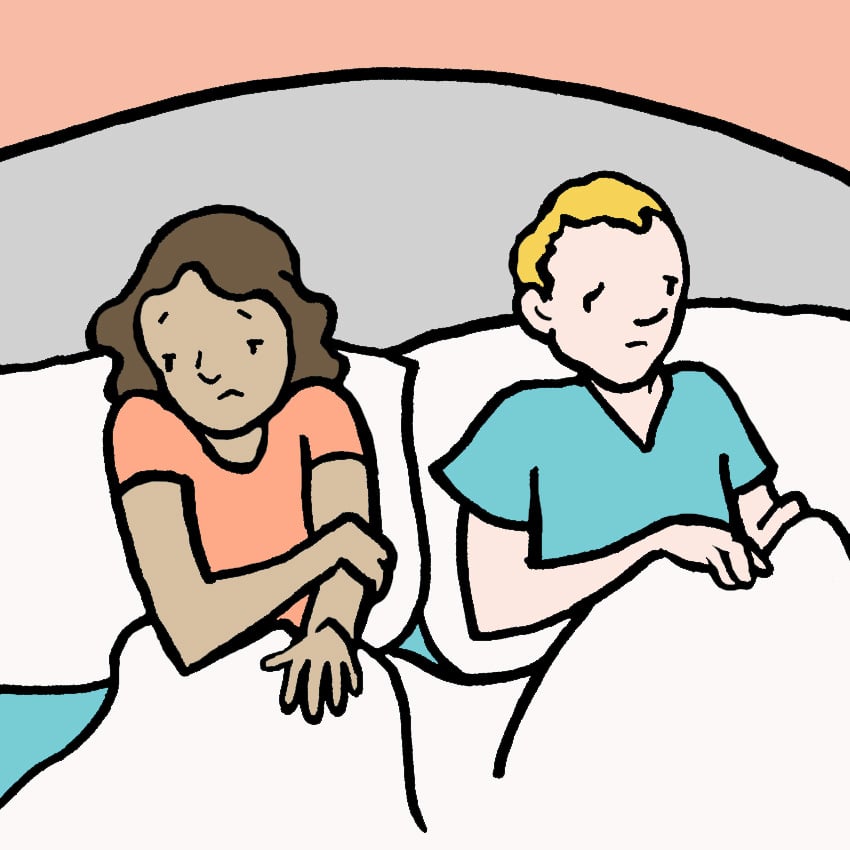
Painful sex is another common symptom of endometriosis.
Besides being physically unpleasant, this can also lead to relationship troubles for many women, especially if they don't know of their condition or are embarrassed to talk about it.
Symptom #3: Trouble Conceiving
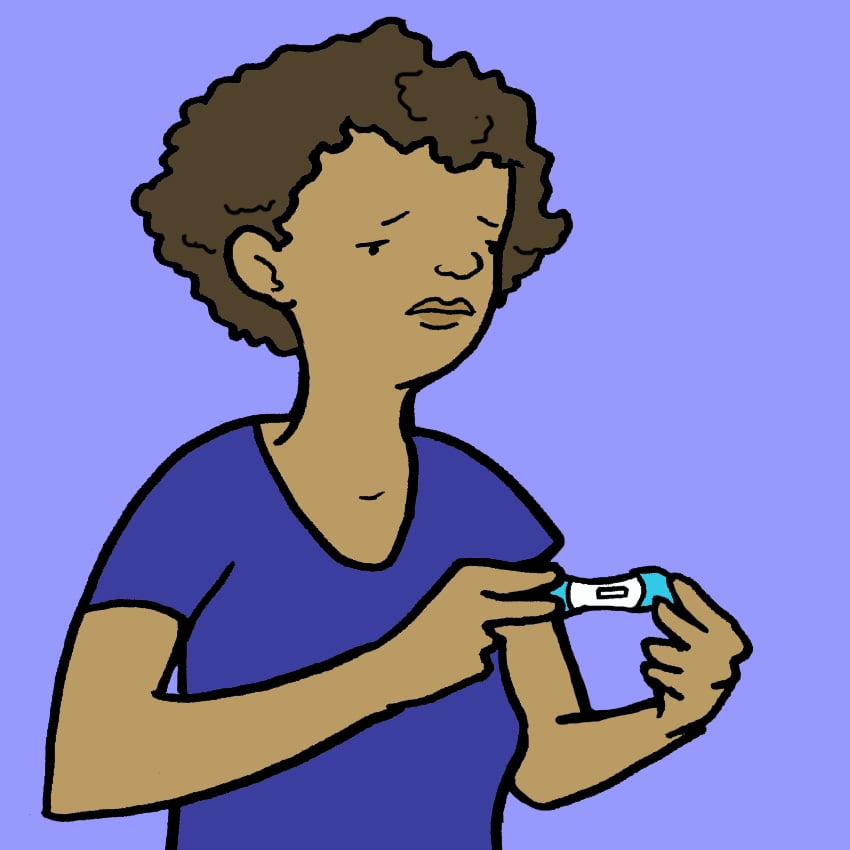
Of women with endometriosis, about half experience infertility.
The fibrous bands, called adhesions, that form in response to the excess tissue can impede pregnancy.
In addition, the cysts also contain free iron and other kinds of inflammatory materials that create a harmful environment for embryos.
Symptom #4: Excessive Bleeding And/Or Spotting Between Cycles
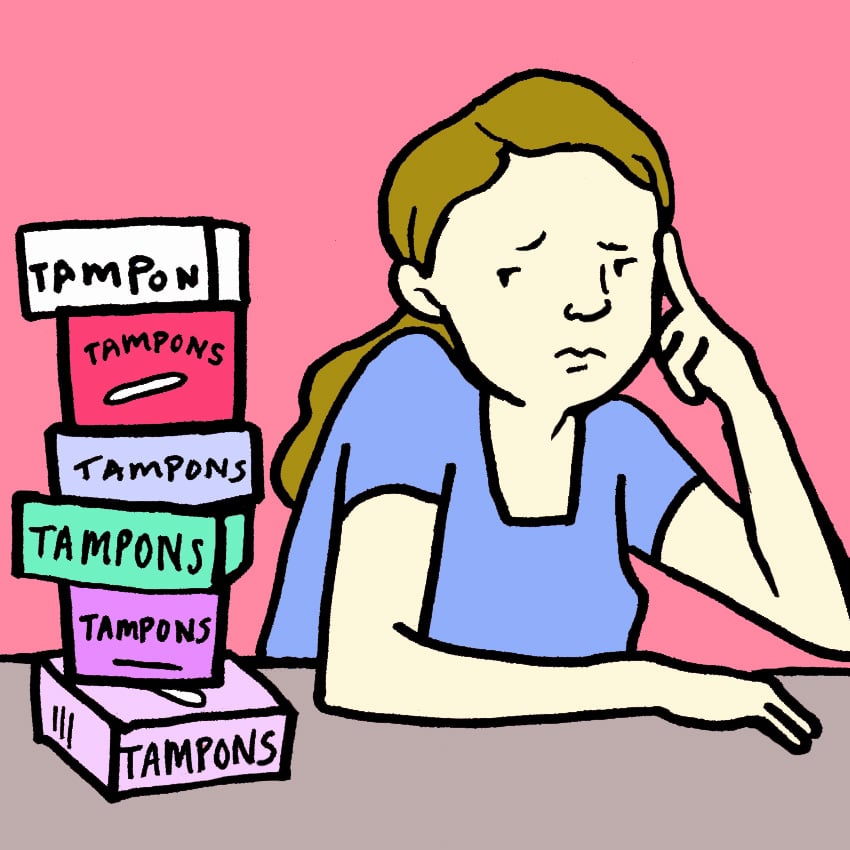
Many women with endometriosis also report very heavy periods, as well as spotting between their periods.
Heavy flow and spotting are not always linked to endometriosis, and in some women it's just the way their body works — but especially combined with pelvic pain, it's a common symptom.
Symptom #5: Pain In The Bathroom

Swelling, cysts, and adhesions in the lower abdomen can cause pain while going to the bathroom, too.
Some women also experience the feeling of having to go to the bathroom more frequently than normal. Constipation can also be a symptom.
Symptom #6: Nausea And Digestive Issues

Due to the general upset inside, endometriosis can also make women feel nauseous or experience digestive discomfort.
In fact, endometriosis is often associated with irritable bowel syndrome (IBS), and it's not uncommon for the two to coincide.
Endometriosis symptoms tend to come on slowly and gradually worsen over long periods of time, which is why the disease is so often missed.
Luckily, there are things you can do.
How Can I Manage My Endometriosis? Management Tip #1: Consider Your Diet
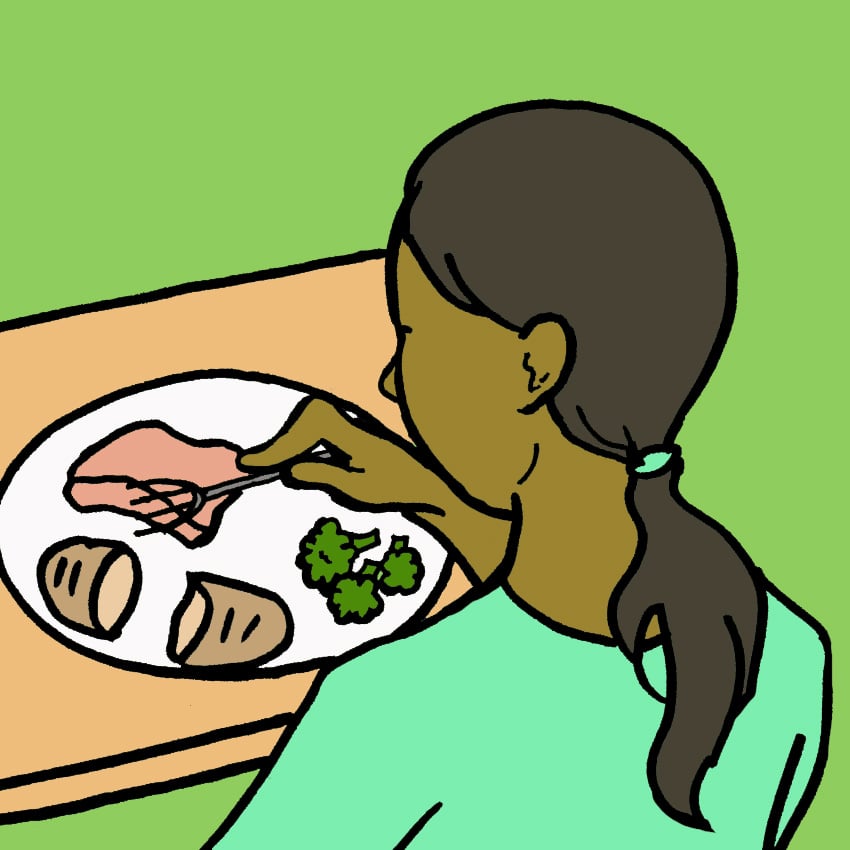
As with many health issues, diet plays a huge roll.
Women with endometriosis are advised to avoid trans fats, large amounts of wheat flour foods, refined sugars, and processed foods.
Red meat should also be avoided, particularly lunch meats that contain sodium nitrate.
Anti-inflammatory foods like leafy green vegetables, coconut oil, salmon, walnuts, turmeric, and ginger are all recommended.
Also be sure to get enough magnesium, iron, and fiber.
Management #2: Talk To Your Partner
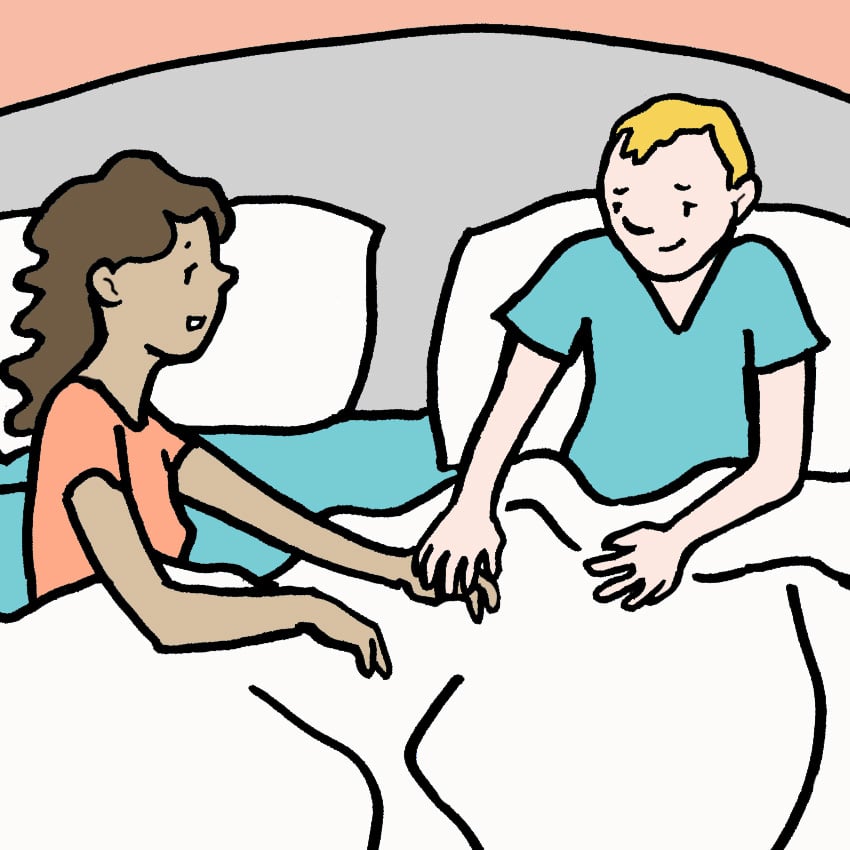
If painful sex is something you're dealing with, don't hide it! Be direct with your partner about your issues so that you can work together to manage them.
For many women, pain can occur at certain times in their cycle, or can even be affected by something they've eaten. Try to make note of whenever sex is painful, and see if a pattern emerges.
You can also talk to a doctor about supplements or medications that can help in this area.
Management Tip #3: Try Some Walnut Oil
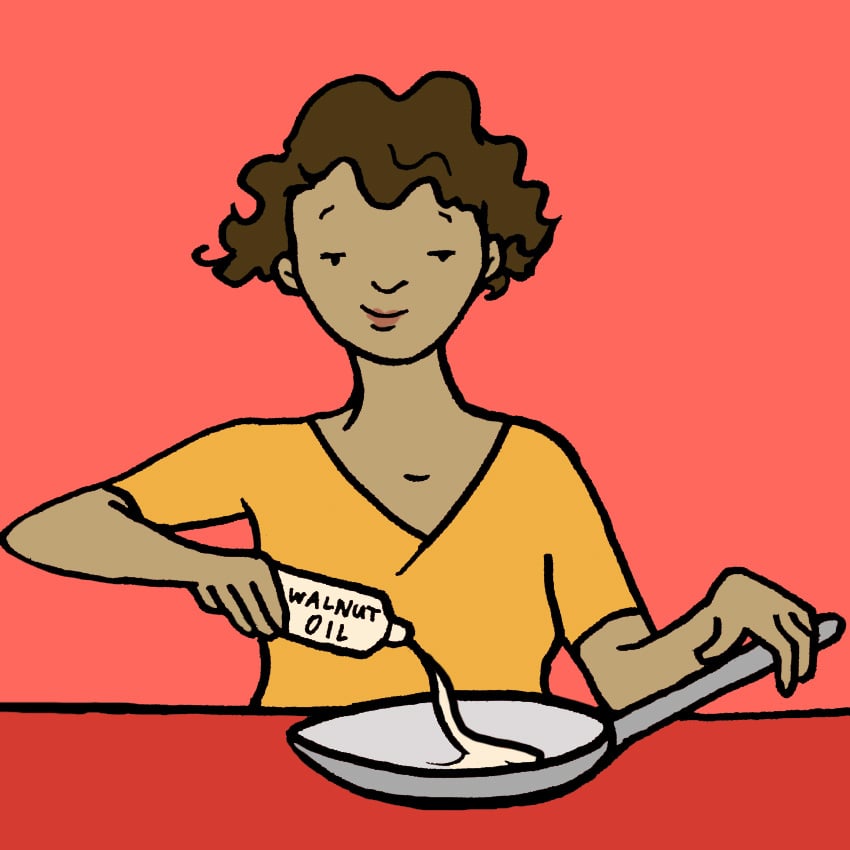
Two tablespoons of walnut oil a day is great for reducing inflammation thanks to a fatty acid it contains. You can add it to salad dressings or use it in cooking.
The less prone to inflammation you are, the less likely endometrium will grow where it's not supposed to.
Management Tip #4: Hot Baths And Compresses
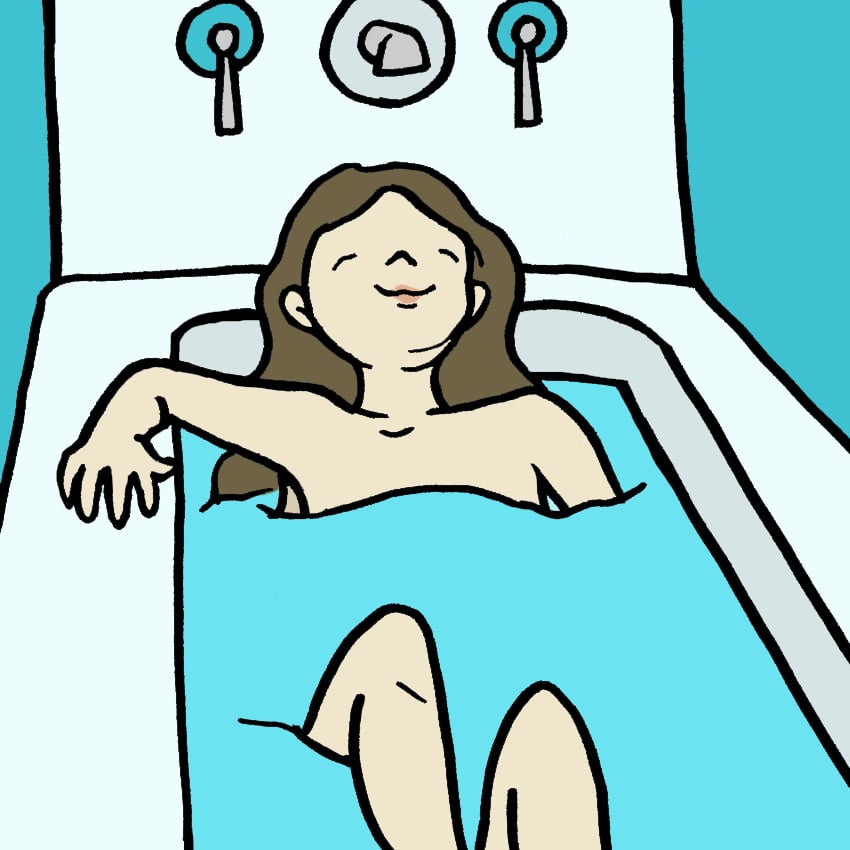
If you've ever had bad cramps, then you know how soothing a little heat can be.
Cramps are caused by tight muscles, and the heat from a bath or compress helps relax them and loosen things up and reduce the pain.
Management Tip #5: Try Acupuncture
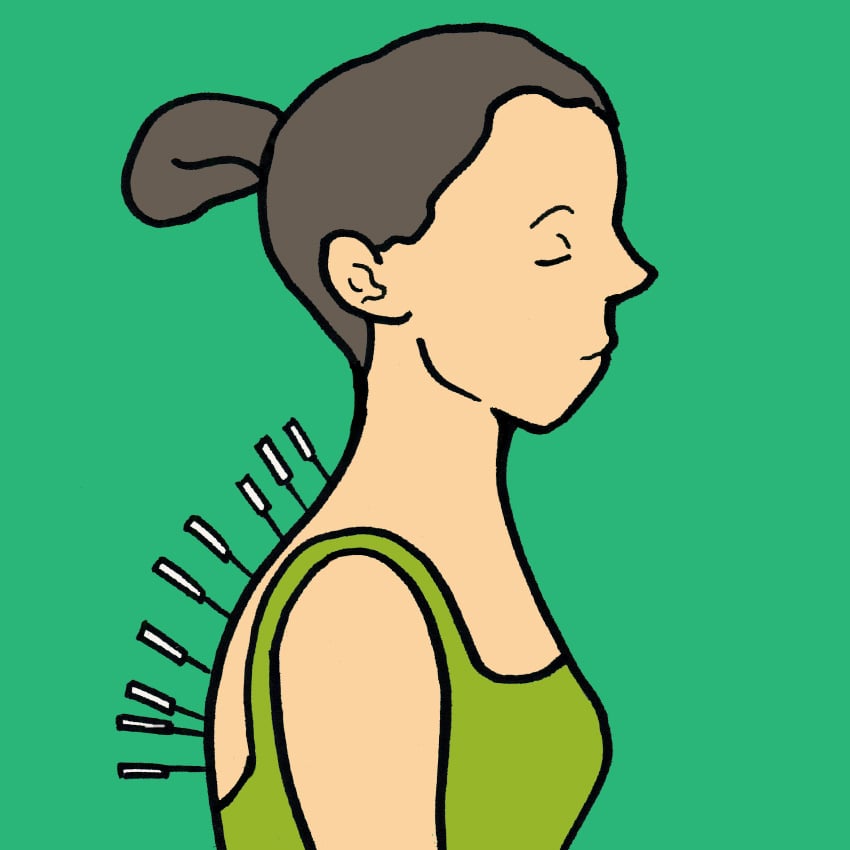
Some studies have shown that acupuncture is great for relieving endometriosis pain and helping cramped muscles relax.
Before you try it, talk to your doctor to see if it's the right option for you.
Management Tip #6: Talk To Your Doctor
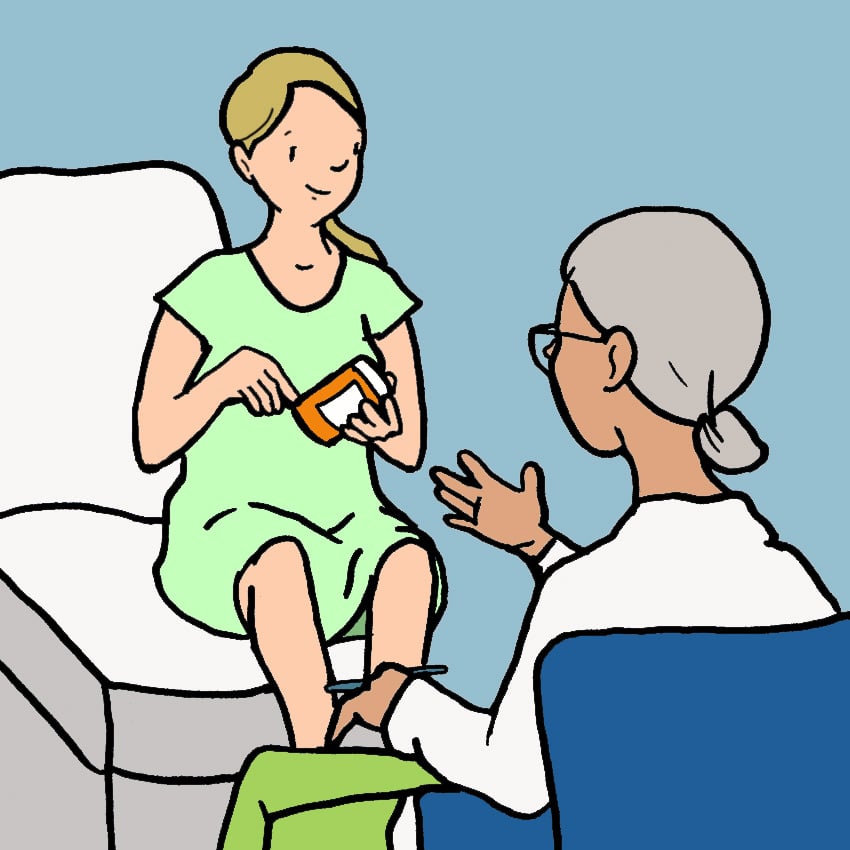
Endometriosis is scary for a lot of women, especially those looking to conceive. However, there are plenty of options out there to relieve pain and increase fertility.
Hormone therapy, physical therapy, vitamins and supplements, and surgery are all options. Talk to your doctor about which options are appropriate for you.
Women's health issues like this are still largely unknown and misunderstood. SHARE this information with the women you know to make sure they stay healthy!

